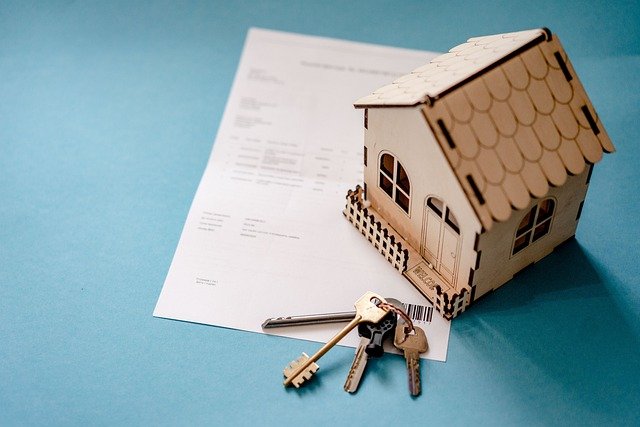Understanding The Lure Of Micro Apartments In The Urban Landscape
Micro apartments, compact spaces designed to offer full functionality in minimal square footage, are gaining popularity in bustling cities worldwide. This niche segment of the real estate market is challenging traditional notions of what a home should be. This article explores the rise of micro apartments, the factors driving this trend, and the potential impact on urban real estate markets.

The Emergence of Micro Apartments
Micro apartments have a rich history, primarily rooted in densely populated cities like Tokyo and Hong Kong, where space is at a premium. In recent years, this trend has expanded to other urban centers worldwide, including New York City, San Francisco, and London. These units typically range from 150 to 400 square feet, simplifying living spaces into efficient, functional designs.
Market Trends & Financial Insights
The growth of micro apartments is primarily driven by two factors: affordability and lifestyle preferences. In cities with high real estate costs, these small units offer a more cost-effective alternative to traditional apartments. Additionally, younger generations—particularly millennials and Gen Z—are more willing to trade space for location, preferring to live in vibrant urban environments close to work, leisure, and social opportunities.
The financial implications of this trend are significant. According to research, micro apartments have a higher per-square-foot rental rate than traditional apartments, offering potentially higher returns for real estate investors.
Pros, Cons, and Impact on the Real Estate Market
Micro apartments present several advantages. For buyers and renters, they offer a more affordable entry point into desirable city locations. For investors, the higher rental yields and strong demand are attractive.
However, there are challenges too. Critics argue that these small living spaces could negatively impact residents’ mental and physical health. Also, the demand is largely concentrated among single, young professionals, limiting the market’s broad appeal.
In terms of market impact, the rise of micro apartments could lead to a shift in urban development trends, with developers allocating more space to communal areas and amenities to compensate for the smaller private living spaces.
Backed by Research
All claims in this article are backed by extensive market research and expert opinions. For instance, the Urban Land Institute’s report on micro apartments provides comprehensive insights into the market trends, financial implications, and societal impact of this real estate segment.
Making Complex Real Estate Concepts Accessible
Understanding the emerging trends in real estate, like the rise of micro apartments, can seem daunting. However, by breaking down these complex concepts into digestible insights, this article aims to provide readers with a clear understanding of the topic.
Whether you’re a first-time buyer, a seasoned investor, or just curious about the real estate market, it’s crucial to stay informed about the latest trends. As the real estate landscape continues to evolve, micro apartments represent a fascinating niche worth monitoring.




